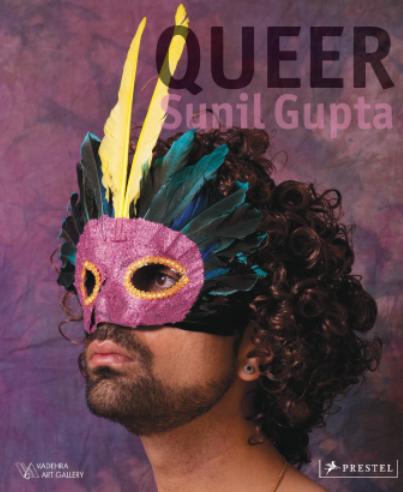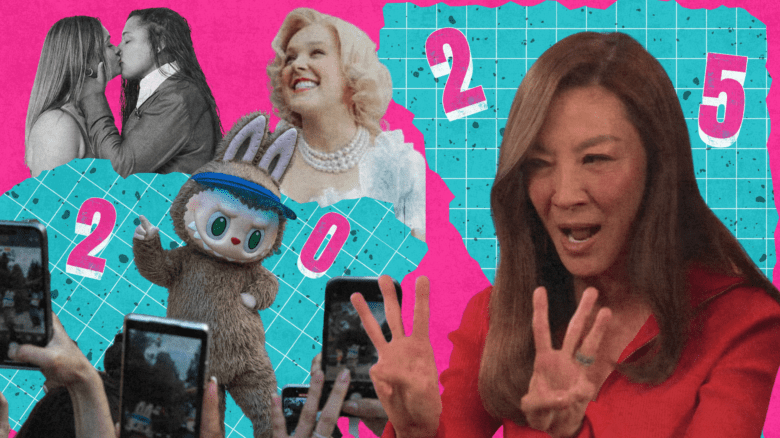
Untitled #2 From the series ?Sun City, Paris 2010? Credit: © Sunil Gupta / Courtesy of Stephen Bulger Gallery
Photographer Sunil Gupta takes a moment to ponder my question about the inspiration for his latest work, Queer.
“I suppose I was always interested in what it means to be gay, visually,” he says.
The book is a collection of his work, and its images are strikingly sexual, often involving nude men and women. And they are also brazenly queer, as the title of the book suggests.
The photography dismantles traditional homogenous images of gay men, those of buff (usually white) men often found in porn.
“There were a few of us in Britain, including filmmaker Isaac Julien, who were interested in breaking down those images,” Gupta recalls. “Gay popular culture was dominated by idealized body images. But sadly, things haven’t changed that much since the late ’80s when we were talking about it. The visual stuff remains relentlessly the same.”
Gupta says his life and work changed dramatically after he received the news that he was HIV-positive in 1995.
“At that point, when you got that news, you really thought you were going to die very soon. I thought that I’d better make some more work right away. There was an urgency to my work then, and it became much more autobiographical. Definitely, it worked as a kind of therapy.”
Gupta has been based in India for the past six years but maintains strong connections to Canada.
At 15, his parents moved the family from India to Montreal, where Gupta spent his formative years. “I worked at a bathhouse on Crescent St in Montreal. The gay village was right downtown then. When the bathhouse burned down, I took pictures of it for a gay newsletter we put out called The Gayzette [a play on the city’s English-language daily newspaper, The Montreal Gazette]. That’s how I got my start in photography. It was very inadvertent and accidental.”
Gupta has always made an effort to represent gay men of colour in his work.
“When I was studying in New York and Britain, there was much talk of post-colonial work, or the postmodern. But it was very hard to make that kind of work around gay Indian images, because there weren’t any to reference. There was no visual history. It became very important for me to make Indian gay men visible.”
Now, Gupta says he is amazed at how much Indian society is changing.
“It’s only been two years since the law banning gay sex was dropped. In 2004, I had the first major gay art show there of many of my photographs. The name of the gallery I work with in India, Vadehra Gallery, is on the cover of the Queer book. That they have been happy to put their name on such a book is a sign of how much things have changed in Indian society. This is a huge shift in thinking.”
Sunil Gupta will be signing copies of Queer at its Toronto launch on Thursday, Sept 15 at the Stephen Bulger Gallery, 1026 Queen W, beginning at 5pm.

 Why you can trust Xtra
Why you can trust Xtra


